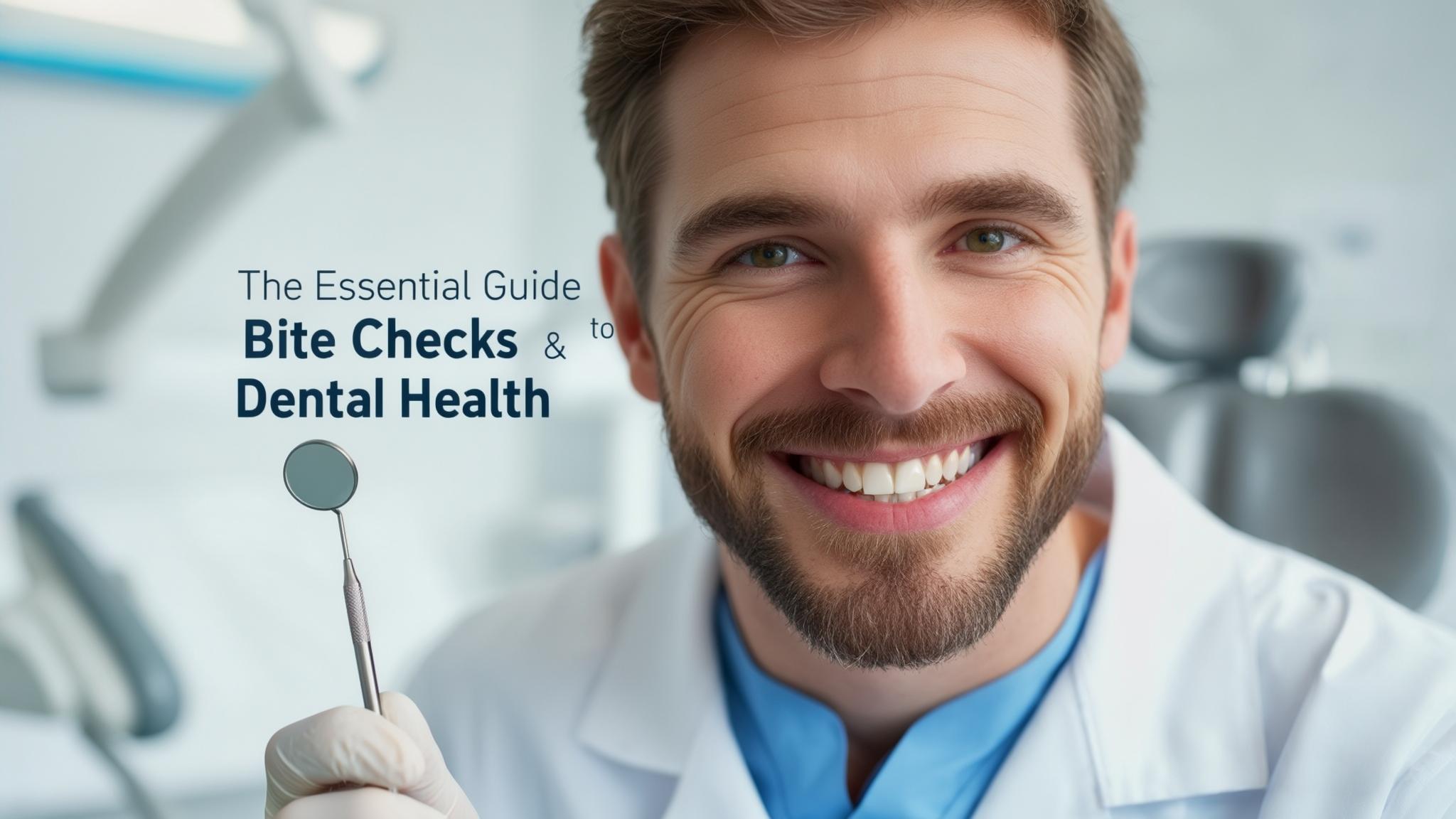Check Ups: Understanding the Importance of Bite Checks
Bite checks are a crucial part of your regular dental check-ups. These examinations assess how your upper and lower teeth come together when you close your mouth. Understanding bite checks is essential because they play a significant role in maintaining not just oral health, but your overall well-being.
Understanding Bite Alignment
What is Bite Alignment?
Bite alignment, or occlusion, refers to the way your teeth fit together. A well-aligned bite means your teeth meet evenly, allowing for proper function. There are different types of bite alignments:
- Normal Bite: Upper teeth slightly overlap the lower teeth.
- Overbite: Upper teeth significantly cover the lower teeth.
- Underbite: Lower teeth extend past the upper teeth.
- Crossbite: Some upper teeth sit inside the lower teeth.
Why Proper Bite Alignment Matters
Proper bite alignment is crucial for several reasons:
- Chewing and Digestion: A well-aligned bite helps you chew food efficiently, aiding digestion.
- Jaw Joint Function: The temporomandibular joint (TMJ) benefits from a balanced bite, reducing the risk of discomfort or dysfunction.
- Prevention of Wear and Tear: Evenly distributed pressure prevents excessive wear on specific teeth, maintaining dental health.
The Role of Dentists in Bite Checks
Dental Examination Process
During a dental check-up, your dentist will evaluate your bite as part of a comprehensive oral examination. This process involves several methods:
- Visual Inspection: Dentists visually assess how your teeth align and check for any obvious misalignments.
- Bite Registration and Occlusal Analysis: These techniques help in understanding how your teeth meet and function together.
- Dental Tools: Tools like articulating paper and digital scanners provide detailed insights into your bite alignment.
Signs of Bite Misalignment
Dentists look for signs such as uneven wear on teeth, jaw discomfort, and difficulty in chewing, which may indicate bite misalignment.
Consequences of Poor Bite Alignment
Immediate Dental Health Effects
Poor bite alignment can lead to:
- Tooth Wear and Sensitivity: Misalignment causes certain teeth to wear down faster, leading to sensitivity.
- Gum Disease and Tooth Loss: Misaligned teeth can make cleaning difficult, increasing the risk of gum disease.
Long-term Health Effects
The impact extends beyond oral health:
- Chronic Pain: Misalignment can cause pain in the jaw, neck, and head.
- Speech and Eating Habits: It can affect how you speak and eat, impacting daily life.
Psychological Effects
A misaligned bite can affect self-esteem and social interactions, as it might alter your smile's appearance.
Treatment Options for Bite Misalignment
Common Treatments
There are several ways to address bite misalignment:
- Orthodontics: Braces and aligners gradually correct alignment.
- Dental Restorations: Crowns and bridges can help in achieving a balanced bite.
- Occlusal Splints and Night Guards: These devices protect teeth from grinding and help align the jaw.
Importance of Early Intervention
Early detection and treatment during regular check-ups can prevent more severe issues later on.
Conclusion
Bite checks are an integral part of maintaining optimal oral health. Regular dental visits ensure that any misalignments are caught early, preventing complications. Remember, a healthy bite contributes significantly to your overall well-being, so keep those dental appointments!
References
- American Dental Association. "Understanding Your Bite: Occlusion and Its Impact on Oral Health."
- National Institutes of Health. "The Connection Between Oral Health and Overall Health."
For further reading, consider exploring articles on occlusion and dental care from trusted dental health websites.

